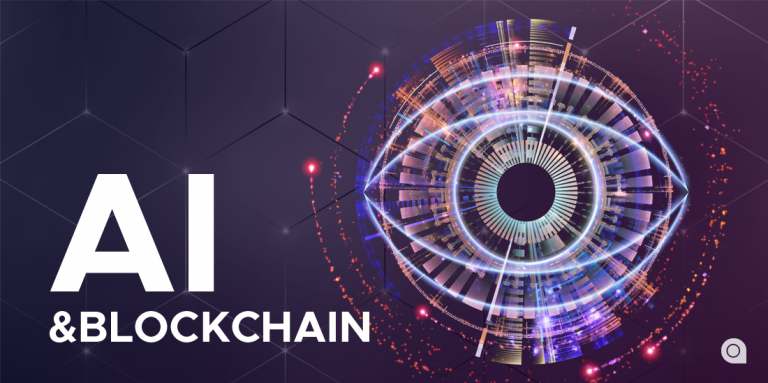
Artificial intelligence (AI), blockchain and GPU computing are three of the most disruptive technologies in the world today. They have the potential to transform various industries, such as healthcare, finance, education, energy and more.
But how do they interact and complement each other? we will explore the intersection of AI, blockchain and GPU computing, and how they can create new opportunities and challenges for businesses and society.
AI is the field of computer science that aims to create machines and systems that can perform tasks that normally require human intelligence, such as vision, speech, natural language processing, decision making and learning. AI applications can range from chatbots and virtual assistants to self-driving cars and smart cities.
Register for Tekedia Mini-MBA edition 19 (Feb 9 – May 2, 2026): big discounts for early bird.
Tekedia AI in Business Masterclass opens registrations.
Join Tekedia Capital Syndicate and co-invest in great global startups.
Register for Tekedia AI Lab: From Technical Design to Deployment (next edition begins Jan 24 2026).
AI relies on large amounts of data and complex algorithms to train and improve its models. However, data can be scarce, noisy, biased or sensitive, and algorithms can be opaque, inefficient or malicious. Therefore, AI needs a secure, transparent and scalable infrastructure to ensure its quality, reliability and trustworthiness.
Blockchain is a distributed ledger technology that enables peer-to-peer transactions without intermediaries or central authorities. Blockchain records transactions in blocks that are linked together by cryptographic hashes, forming a chain that is immutable and verifiable. Blockchain can provide a decentralized, transparent and tamper-proof platform for data sharing, validation and governance.
Blockchain can also enable smart contracts, which are self-executing agreements that can encode business logic and rules. Blockchain can address some of the challenges of AI, such as data privacy, provenance, ownership and accountability.
GPU computing is the use of graphics processing units (GPUs) to accelerate general-purpose computing tasks. GPUs are specialized hardware devices that can perform parallel computations faster and more efficiently than traditional CPUs.
GPUs are widely used for gaming, graphics rendering and video processing, but they are also ideal for AI applications that require high-performance computing.
GPU computing can enable faster training and inference of AI models, as well as lower costs and energy consumption. GPU computing can also support blockchain applications that require intensive cryptographic operations.
The intersection of AI, blockchain and GPU computing can create synergies that can enhance the performance, security and innovation of each technology. For example:
AI can leverage blockchain to access and share data across different domains and parties, while preserving data privacy and integrity. AI can also use blockchain to audit and explain its decisions and actions, as well as to reward data providers and model contributors.
Blockchain can leverage AI to optimize its consensus protocols, network configuration and resource allocation. Blockchain can also use AI to analyze and monitor its transactions and smart contracts, as well as to detect anomalies and frauds.
GPU computing can leverage AI to optimize its hardware design, configuration and utilization. GPU computing can also use AI to improve its fault tolerance, load balancing and power efficiency.
AI can leverage GPU computing to accelerate its training and inference processes, as well as to reduce its hardware costs and energy consumption. AI can also use GPU computing to enable more complex and sophisticated models and algorithms.
GPU computing can leverage blockchain to secure its hardware devices, data streams and computation results. GPU computing can also use blockchain to verify its performance metrics and quality standards.
The intersection of AI, blockchain and GPU computing is not without challenges. Some of the challenges include:
Compatibility: The integration of different technologies may require common standards, protocols and interfaces that can ensure interoperability and compatibility.
Scalability: The combination of different technologies may increase the complexity and demand of the system, which may pose scalability issues in terms of speed, throughput and storage.
Regulation: The regulation of different technologies may vary across different jurisdictions, sectors and applications, which may create legal uncertainties and compliance risks.
Education: The education of different technologies may require multidisciplinary skills and knowledge that can bridge the gap between theory and practice.
The intersection of AI, blockchain and GPU computing is an exciting frontier that offers new possibilities and opportunities for businesses and society. By understanding the benefits, challenges and implications of each technology, we can harness their potential to create value-added solutions that can solve real-world problems.



